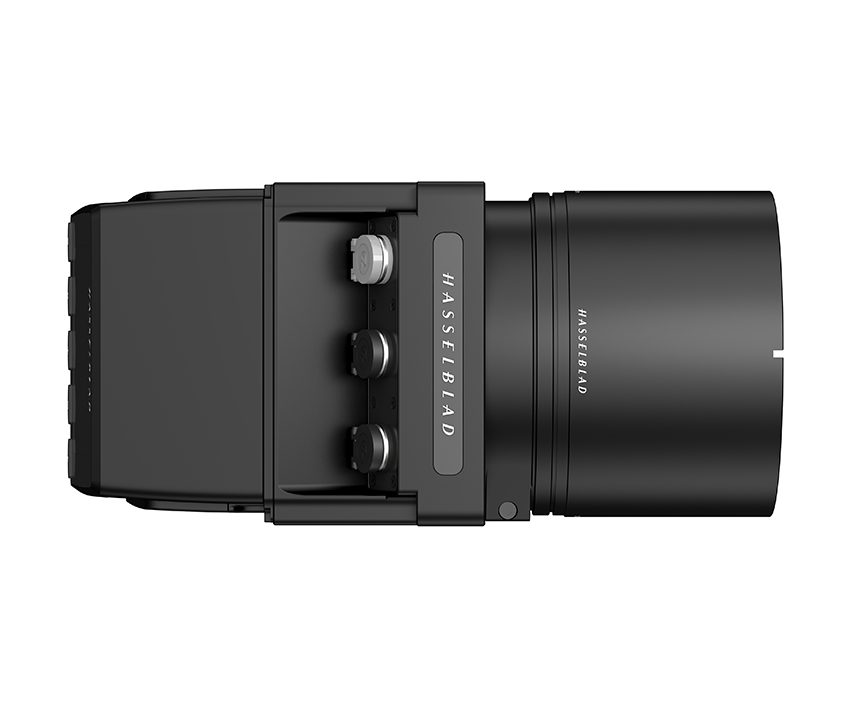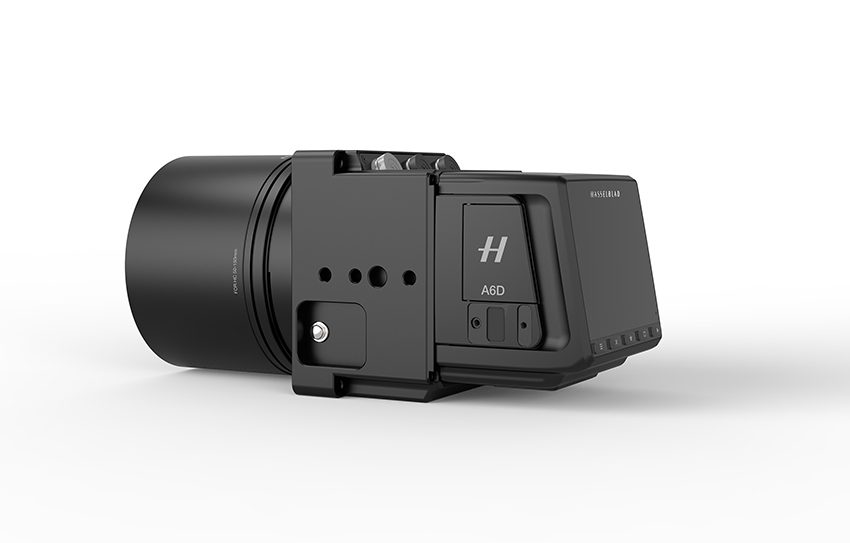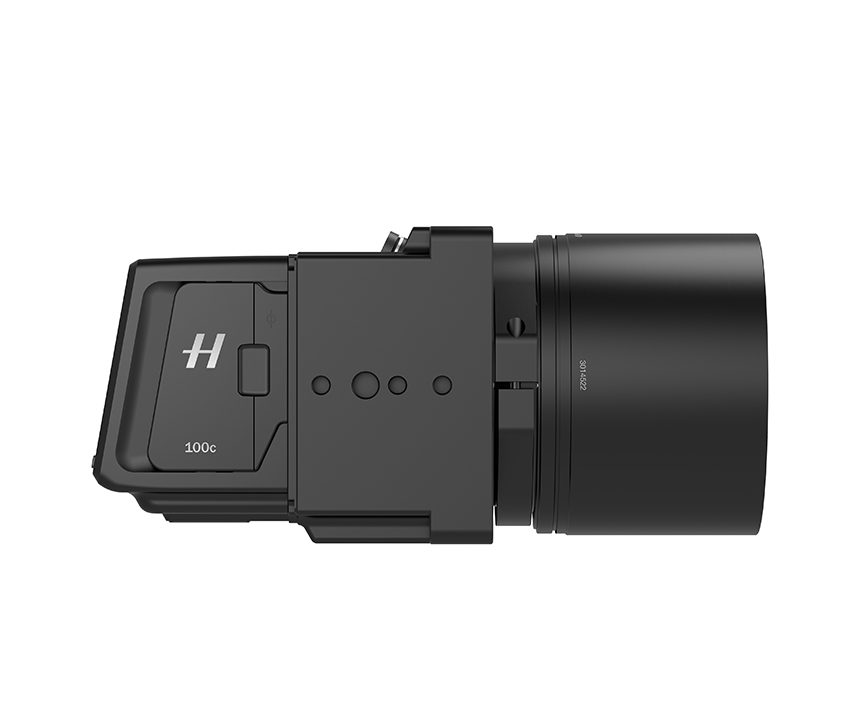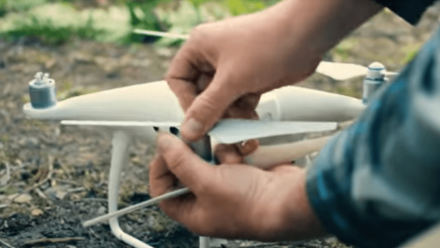Hasselblad Announce 100 Megapixel Aerial Camera System
The quality of aerial photography in 2017 is greater today than ever before and Hasselblad are continuing to grow its presence in the market, introducing more advanced products and applications for the aerial photo sector

Proof of this can be found in the new Hasselblad A6D-100c, the latest evolution of Hasselblad’s aerial cameras. These cameras from Hasselblad are developed by building the previous generations of models which enable all of the prior advancements and branch-demanding features to be automatically included.

This process allows Hasselblad to continually enhance and develop models. The A6D heralds a technological step that’s noticeably greater than earlier generations. The A6D Aerial camera includes a feature that allows up to eight cameras to be synchronised within 20 μs. A simple bus-type cable connection is required between all cameras in the set-up. This feature completely eliminates any issues in post-production caused by un-synchronised exposures.
Product Manager Bjarne Hjörlund told PhotoBite: “Available in 100-megapixel resolutions, the A6D camera combines the world’s best optics and sensors with a modern, compact design, resulting in a system that will ensure you attain the highest possible image quality. Hasselblad aerial cameras provide a range of important features that help deliver your imaging requirements”.
Nine H System lenses are available in aerial versions with secure locking mounts to minimise vibration and flexing which guarantees the image plane and sensor The stay parallel at all times. These units ship with their focus precisely adjusted and fixed at infinity. The focal length range from 24 to 300mm of these lenses results in a horizontal AFOV of 96° to 10.2° covering most applications. The new generation of leaf shutters for the H lenses has an extended lifetime, which ensures reliability during flight. In addition, the exposure time for the aerial lenses has been improved up to 1/4000 of a second, for sharp and crisp images. Traditionally, FMC systems typically only compensate for movement in a single direction, but the fast leaf shutter-based exposure time can both compensate for ground speed and the roll and pitch of the plane.





